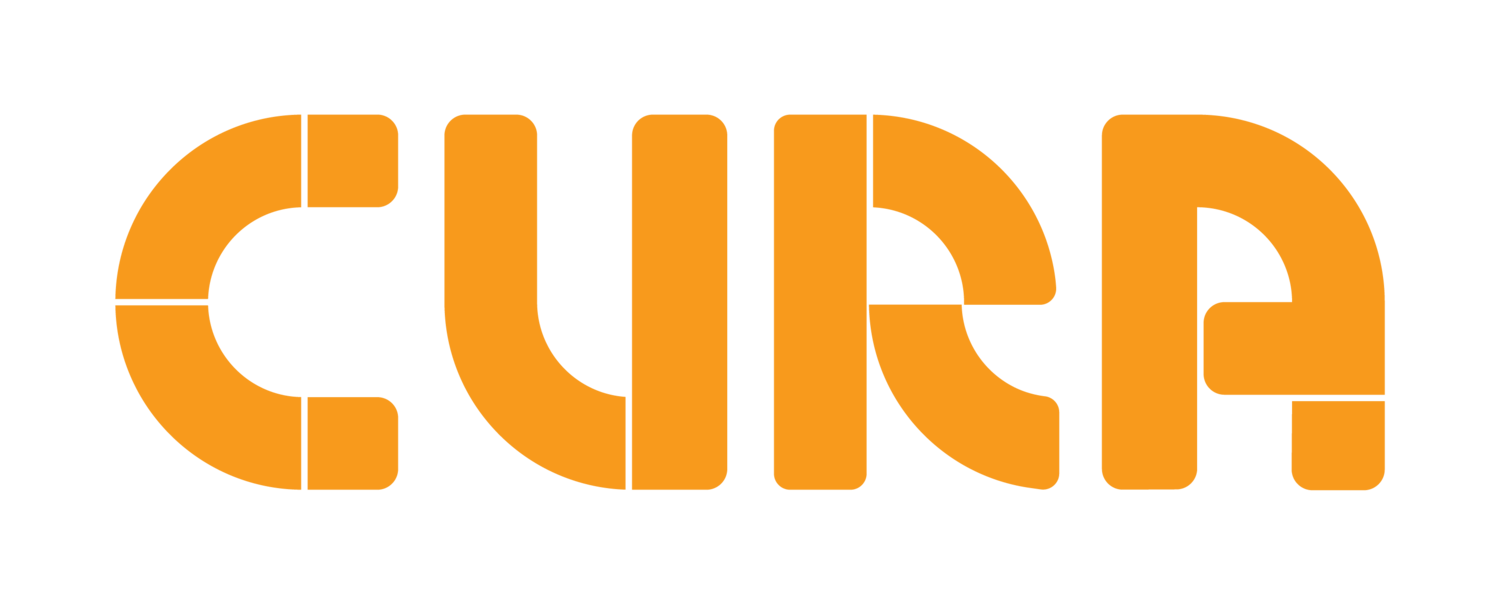What we’ve learnt in 2022
We’ve worked closely with hundreds of schools and thousands of teachers this year. We’ve seen Cura being used in a wide range of contexts and settings. But we’ve seen some patterns across the schools who’ve had the most success.
So, what are these patterns? What have we learned this year about how to make PBL – and Cura – work?
True engagement is still the secret sauce
If we speak to a school who wants to implement PBL, our first question is always ‘Why?’ What’s your reason for wanting to implement it? What’s the single biggest change you’re hoping this will produce?
Knowing this shapes all subsequent implementation decisions. And for so many of our partner schools, the answer is to create more engaged, motivated students.
This might sound obvious. But it was an important re-realisation for us. It’s easy to forget that in any class, many – or, according to some studies, the majority – of students aren’t engaged. This doesn’t mean they’re throwing chairs around the room. We’ve written about what true engagement looks like; the problem is that most students just don’t care about what they’re learning.
So for our partner schools who’ve seen great success with PBL this year, they’ve focused on making learning meaningful and relevant to students. They used surveys to identify student interests or issues they feel strongly about, then chose Cura micro-units which aligned with these interests or causes. They’ve given students agency in deciding how to use curriculum content to solve real-world problems. And most importantly, they’ve used PBL to show students that what they’re learning isn’t just pointless theory which becomes irrelevant the moment the test finishes.
By infusing learning with relevance, purpose, and autonomy, these schools have created deeply committed students. That’s the secret sauce for a truly engaged classroom.
For best results, make it assessable
Some schools run PBL units at the end of a topic (and often after a topic test). Sure, it’s a fun way to round out a topic or fill time at the end of the term. But it doesn’t impact student learning. And if students know it isn’t assessable, they’ll have less of an incentive to fully invest in the unit.
We built the micro-units to make it easier for schools to teach through a PBL unit and to integrate it into their core teaching sequence. Most schools are taking that approach. But the most successful are using the micro-units as a common assessment task for the topic.
Sometimes they’ll pair the micro-unit with a ‘traditional’ topic test. But often they won’t. The micro-unit is the main thing which they report on – and which affects a student’s grade - for that topic.
We’ve heard from schools who’ve taken this approach that it has some key benefits:
It forces teachers to teach through the micro-unit. That’s because the only way they can assess student content knowledge is through the end product which students produce. So if they’ve taught through the micro-unit, students will be able to apply what they’ve learnt at the end
It maximises student engagement and learning outcomes. If teachers are connecting content to the real-world problem at each step of the micro-unit, it helps students see meaning in what they’re learning. And by ensuring students can transfer their learning to the real-world problem at each step, students don’t just set themselves up for a more sophisticated end product. They’re also using this transfer learning to strengthen their content knowledge
It ups the stakes. When students know they’re being assessed, they invest more time and thought in their end product. It becomes both a passion project and their means to a good grade
Just-in-time is better than just-in-case for skill development
We strongly believe in the importance of teaching students content and skills. That’s why we built our 21st Century toolkits on collaboration and critical/creative thinking. And we’re pleased to see that they’re our most frequently-used resources this year!
We’ve found that schools are taking two approaches to building these skills:
Just-in-time. Schools identify the skills they want students to develop across a unit and when students will need those skills. When they reach the point in a unit when students need to apply a particular skill (for example, negotiation), they’ll use Cura’s skills toolkits to run a masterclass session focused on that skill. Students then immediately apply what they learn to the unit
Just-in-case. Schools create a set program which sequences and teaches the skills across the year. This often occurs in a home group period. Where possible, they then select Cura units which require these recently-taught skills to be applied
There’s no doubt that schools using the just-in-time approach are seeing greater success. Because students can immediately apply what they learn, they’re better able to consolidate and internalise that skill. Teachers can also better contextualise the skills within their own subject area. So there’s less need to re-teach skills which students have forgotten in the few weeks between when they first learnt it and when they need to apply it.
Think global, act local
All Cura’s units are built around real-world problems. That’s the essence of what we’re trying to do – engage students with what they’re learning by helping them see how it applies beyond the classroom.
Many schools want to create global citizens. So these units help teachers develop students who know what’s happening in the world around them. They help students understand how the knowledge derived from curriculum content can be used to tackle the world’s biggest problems.
The schools who are seeing the greatest engagement generally take this one step further. They use Cura to connect content to a real-world problem, and then get students to apply what they learn to create a local solution. This combination of thinking global, acting local achieves the best of both worlds. It produces worldly students who are inspired by the possibilities of making changes which they can see every day.
Many schools encourage students to explore an application for their end product in their local community. Others take it even further and challenge students to implement their ideas within the school. We’ve seen everything from more healthy, sustainable menus being implemented in the school’s canteen, to students designing and building a bee-friendly garden on the school’s grounds.
We can’t think of a better way to create committed, engaged students than by empowering them to make a change to their immediate environment. If you look hard enough, there are more opportunities for this hyper-local problem-solving than you might think.
More stakeholders, more at stake
Many schools want students to create a product for a real-world audience. This follows on neatly from the point above. So some schools have brought community members, interest groups, local councils, or the school P & F association into the unit.
This gives students an audience to create their solutions for and a sounding board to help them develop and evaluate their ideas. It makes the problem more ‘real’ for them. And it ups the stakes for students, which incentivises them to take the unit – and the learning which occurs through it – more seriously. If they know they’ve got to present their end product to a panel of ‘experts’, they’re more likely to produce a high-quality output.
Other schools have taken this idea and implemented it on a smaller scale. Instead of engaging external stakeholders, they’ve simply had students ‘pitch’ their ideas at school assemblies or at specially-convened meetings of all the classes across their year level. Other schools have put on exhibition evenings where parents can explore what the students have created.
It’s a great way to encourage student commitment. It shows them that what they do is valued outside of the classroom. And it shows off the work the school is doing to a broader audience. That’s a win-win!
Use the micro-units as interdisciplinary building blocks
Cura’s micro-units are single-disciplinary, 3-5 lesson learning sequences. We’ve mainly seen them being used effectively in core classrooms to help teachers make a given topic more engaging or hands-on. But we’ve also seen schools treat them as ‘building blocks’ to create their own flexible interdisciplinary units.
Creating interdisciplinary units is hard. It takes so much time to plan and write them. And then you’ve got to match up curriculum sequences across different subjects. That’s a lot of dominoes to align. If anything is slightly askew, the whole unit can fall apart.
Schools have sidestepped this problem by chaining together several of Cura’s micro-units. The work’s done for them and, because they’re self-contained units, different faculties aren’t completely dependent on each other. So we’ve seen schools run micro-units in parallel in different subjects, but then use the totality of this cross-disciplinary learning to create an end product.
For example, students might do a Geography micro-unit on agriculture’s impact on biome health, a Science micro-unit on cells and lab-grown meat, and an English micro-unit on using journalism and persuasive language to create social change. These units can all run independently. But we’ve seen schools pull the common strands of these units together into a single, shared end product. This allows students to combine transdisciplinary knowledge in creating a solution. It also saves teachers time – there’s now only one common assessment task instead of a separate one for each subject. And it makes building and executing cross-curricula units so easy.
Give individual teachers more choice
We’ve spoken a lot about student engagement. But an under-appreciated benefit of getting PBL right is that it can increase teacher engagement too. Our partner schools who’ve felt the benefits of this the most have said it’s because they’ve given individual teachers flexibility for where and how they could implement Cura.
In some cases, all teachers within a subject or year level will need to implement a common unit. This is if it’s the basis of an assessment task or a year level-wide showcase at its end. But, absent these factors, these schools have allowed teachers free rein to use Cura’s micro-units when and where they want to.
This gives teachers flexibility and ownership. They can run PBL units on real-world topics they’re especially passionate about. They can enliven a topic they find dull. And then can use them whenever they sense their class is disengaging.
When viewed like this, Cura’s micro-units have become an arrow in every teacher’s quiver. The schools who’ve seen the greatest use of Cura are the ones who have done the least mandating of where and how the units should be used. Just like students, it seems that when teachers have greater autonomy, this leads to greater commitment and engagement!

